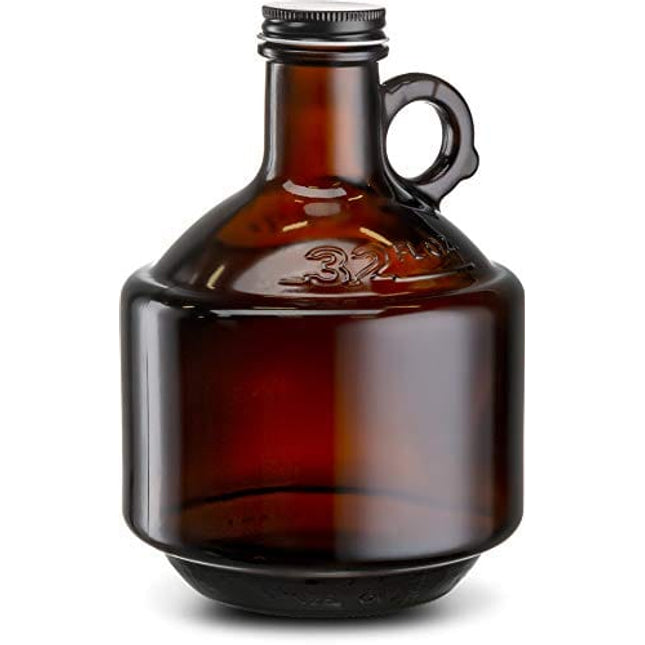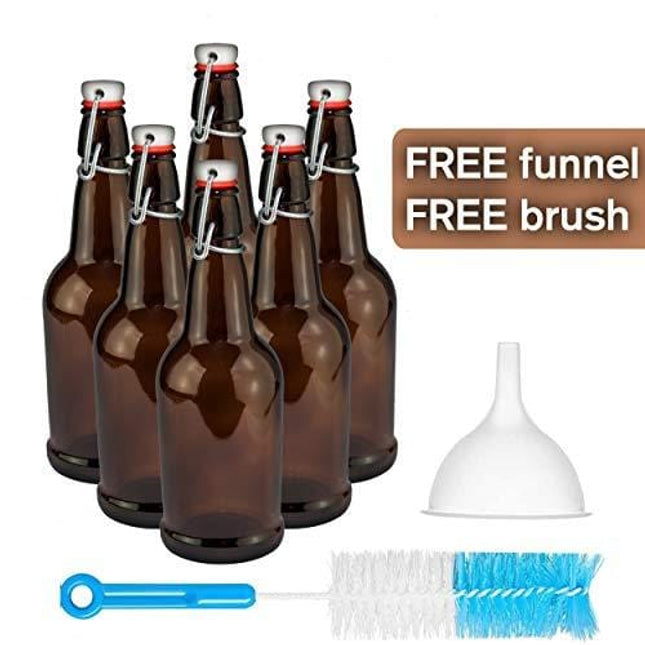Bottling is the act of transferring homebrew into small containers for easy storage and consumption. These bottles usually have an amber tint to prevent UV rays from destroying the chemical bonds of the alcohol.
To bottle your homebrew, you need to learn how to prime. This adds fermentable sugars and helps the residual yeast ferment and carbonate the beer. The second fermentation adds the fizz of homemade beer. It’s an essential step in making homemade beer.
How to Bottle Your Home Brew
1. Make sure your brew is done fermenting
You can do this by checking the specific gravity using a hydrometer and comparing it to the recipe requirements. This will ensure that your brew will not over ferment the extra sugars causing an explosion.
2. Clean and sanitize your bottles
Soak your bottles for two minutes in a mix of sanitizer and hot water. Rinse it off with hot water and let it dry. If you want something less taxing for your hands, you can use the dishwasher. Set it on high heat, and do not add soap.
3. Prepare priming solution
Use corn sugar or dextrose for priming since they will not affect the flavors of the brew. The ratio is one ounce to one gallon of beer. Boil the sugar in water to sanitize it for two minutes.
4. Bottle your brew
Add the solution to your bucket and siphon your brew into it. Be sure to siphon above the liquid line to avoid adding sediments. This will create a whirlpool to mix the solution with your brew correctly.
In the new bucket, attach a spigot to transfer the mix into the bottle. Leave some room for air for the brew and seal with a crown cap. Store it at room temperature for two days to let it carbonate.



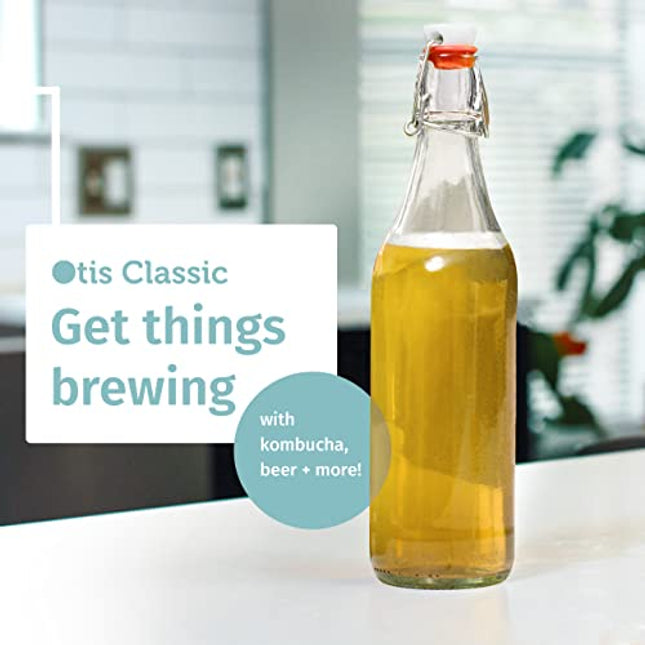

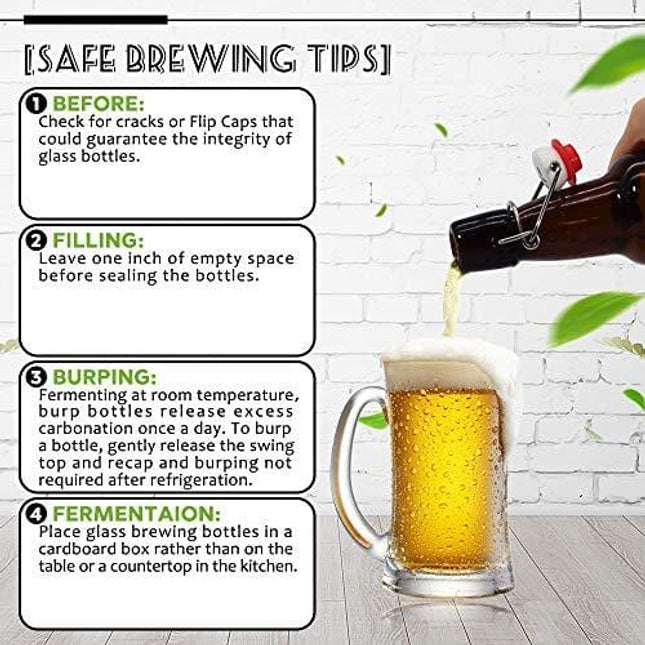

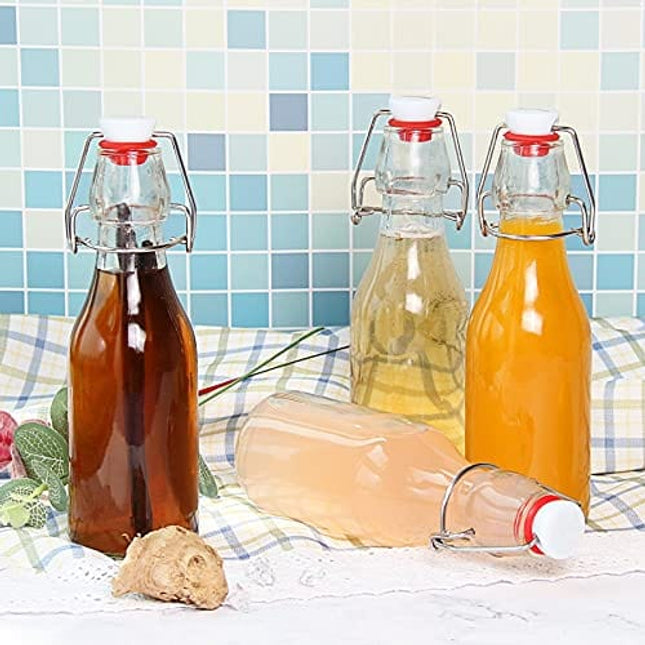



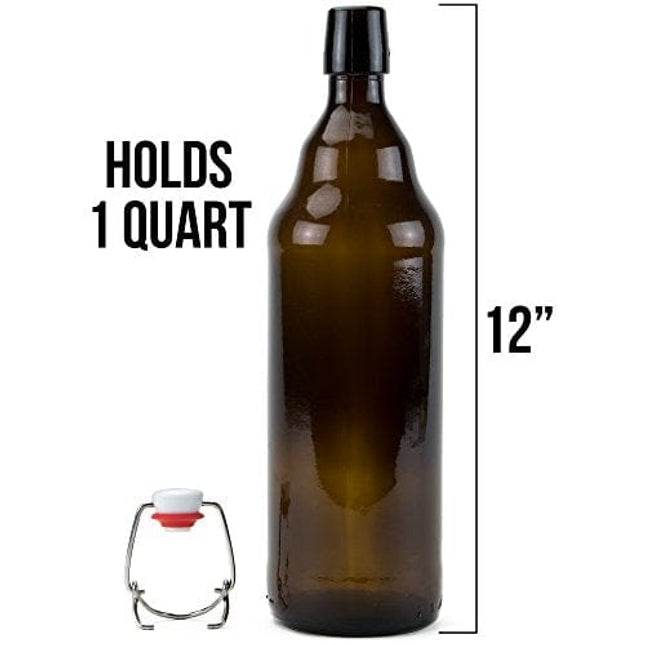

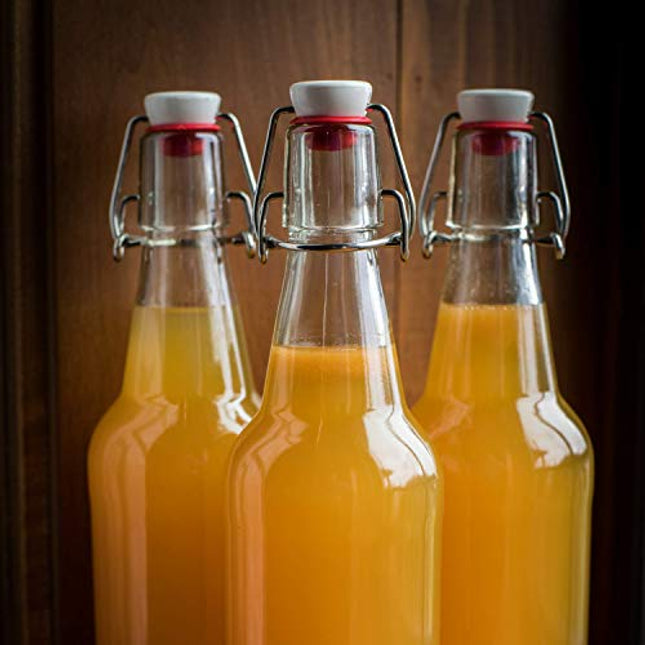

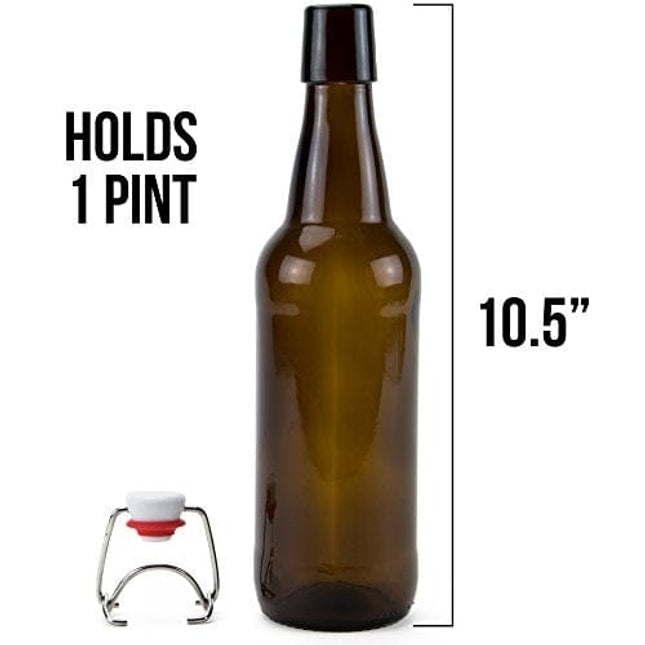


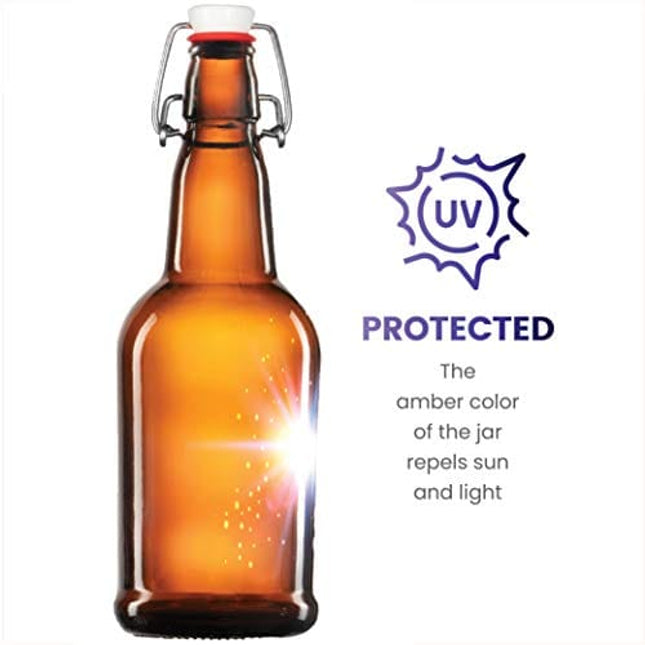


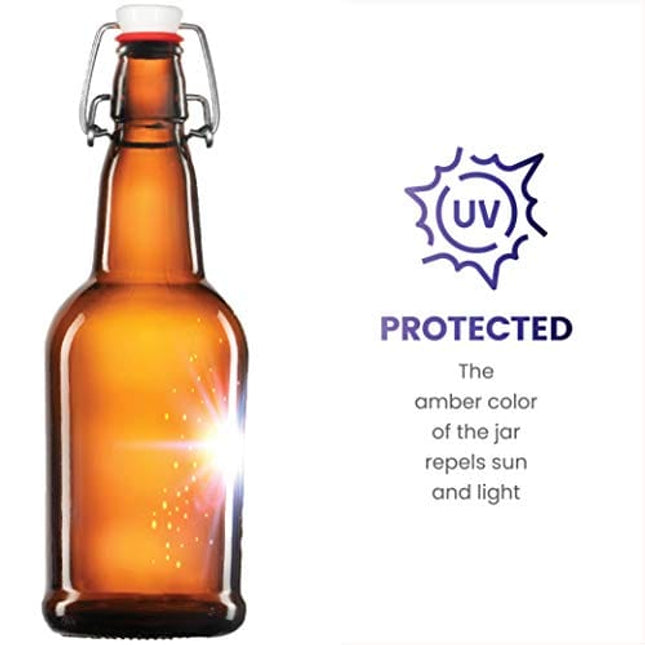

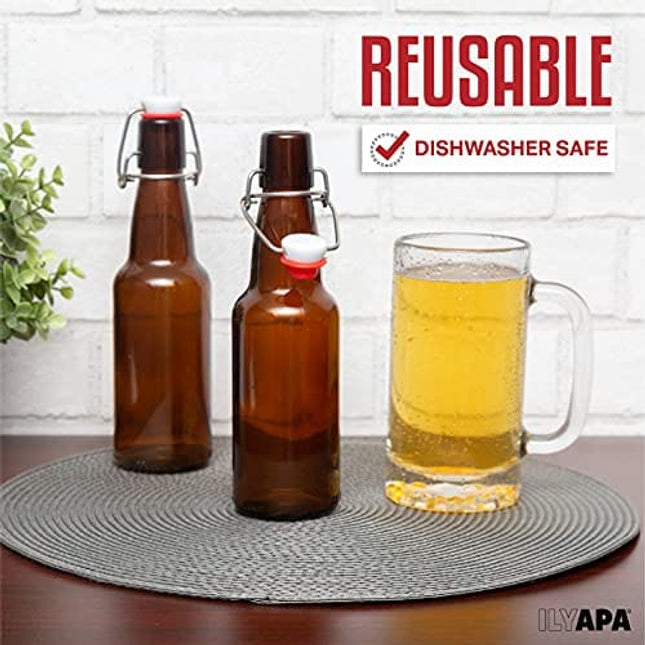







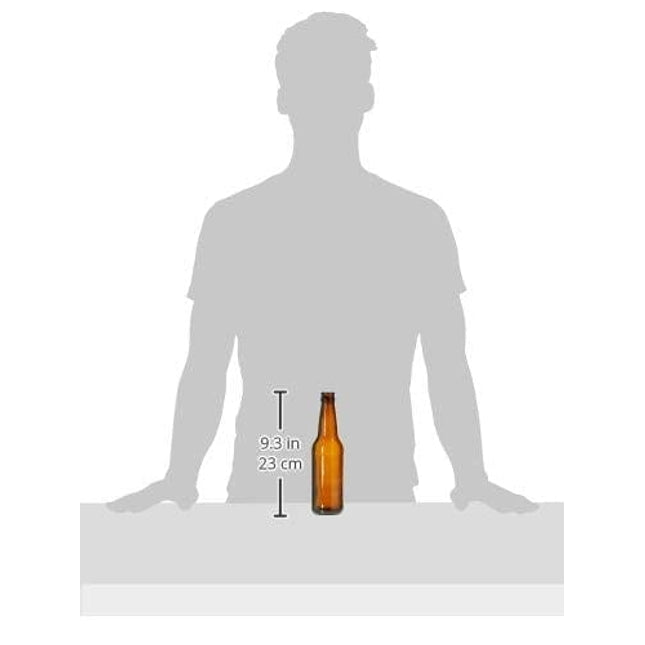


![[ 8 Pack ] Swing Top Glass Bottles - 16 oz Flip Top Beer Brewing Bottles for 2nd Fermentation, Kombucha, Kefir, Vanilla Extract, Coquito, Liquor, Juice, Tea - Airtight Caps, Bonus 2 Bottle Pourers](http://advanced-mixology.myshopify.com/cdn/shop/products/aozita-kitchen-8-pack-swing-top-glass-bottles-16-oz-flip-top-beer-brewing-bottles-for-2nd-fermentation-kombucha-kefir-vanilla-extract-coquito-liquor-juice-tea-airtight-caps-bonus-2-bo.jpg?height=645&pad_color=fff&v=1643872624&width=645)
![[ 8 Pack ] Swing Top Glass Bottles - 16 oz Flip Top Beer Brewing Bottles for 2nd Fermentation, Kombucha, Kefir, Vanilla Extract, Coquito, Liquor, Juice, Tea - Airtight Caps, Bonus 2 Bottle Pourers](http://advanced-mixology.myshopify.com/cdn/shop/products/aozita-kitchen-8-pack-swing-top-glass-bottles-16-oz-flip-top-beer-brewing-bottles-for-2nd-fermentation-kombucha-kefir-vanilla-extract-coquito-liquor-juice-tea-airtight-caps-bonus-2-bo_b69f37e6-3101-4d79-bc79-4335e40860d5.jpg?height=645&pad_color=fff&v=1643872627&width=645)



